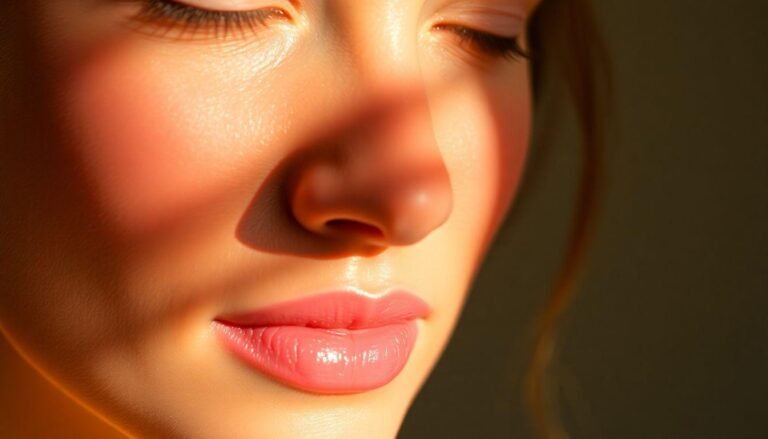In today’s competitive beauty industry, creating captivating visual content is essential for brands looking to stand out. The art of skin care advertising photography requires more than just technical skill—it demands an understanding of how to showcase products in ways that connect emotionally with potential customers. Whether you’re a photographer working with beauty brands or a skincare company looking to elevate your visual marketing, mastering the fundamentals of product photography can transform your campaigns from forgettable to scroll-stopping. Let’s explore the essential techniques that can help your skincare products shine in a crowded marketplace.
The Power of Lighting in Skincare Photography
Lighting makes or breaks skincare photography. It’s not just about brightness—it’s about creating the right mood and highlighting product benefits. When photographing moisturizers, serums, or cleansers, soft, diffused lighting often works best to showcase texture without harsh shadows.
Try these lighting approaches:
Remember that different products benefit from different lighting techniques. For example, a hydrating gel might look stunning with backlighting that showcases its transparency, while a luxury cream might benefit from soft, shadowless lighting that highlights its rich texture.
Styling and Composition: Creating Visual Stories
Effective skincare photography goes beyond simply documenting products—it tells a story. The composition and styling should evoke feelings and communicate benefits without words.
Props That Enhance Your Message
Choose props that complement your skincare products and reinforce their key benefits:
The rule of less is more often applies—cluttered compositions can distract from your hero product. Create breathing room in your compositions and guide the viewer’s eye to what matters most.
Capturing Texture and Detail
Texture is everything in skincare photography. Customers want to virtually “feel” the product before purchasing it. This requires technical precision and artistic vision.
Focus on capturing:
Macro photography is your friend here—invest in a good macro lens to capture those satisfying close-ups that showcase product texture. Experiment with different apertures to find the perfect balance of sharpness and dreamy bokeh that makes products look irresistible.
Color Psychology and Brand Consistency
Colors evoke emotions and associations that can significantly impact how viewers perceive your skincare products. Understanding color psychology helps create more effective advertising images.
For example:
Whatever color palette you choose, maintain consistency with your overall brand identity. Your photography should be instantly recognizable as yours, even without your logo visible.
Post-Processing: Enhancing Without Misleading
The finishing touches in post-production can elevate your skincare photography from good to outstanding. However, there’s a fine line between enhancement and misrepresentation, especially with skincare products where authenticity matters.
Effective post-processing for skincare images typically includes:
Resist the temptation to over-edit. Today’s consumers value authenticity, and overly processed images can damage trust in your brand. The goal is to present your products in their best light while maintaining believability.
Creating Consistent Templates
For e-commerce and social media, creating consistent templates helps build brand recognition. Establish standard compositions, lighting setups, and editing styles that can be replicated across product lines while still allowing for creative variation.
Successful skin care advertising photography combines technical skill with strategic marketing understanding. By mastering these five essential aspects—lighting, styling, texture capture, color psychology, and thoughtful post-processing—you’ll create images that not only showcase your products beautifully but also connect emotionally with your target audience. Remember that the most compelling skincare photography doesn’t just show what the product looks like; it suggests how it will make customers feel. That emotional promise, when delivered authentically, is what transforms casual browsers into loyal customers in the competitive world of skincare marketing.







